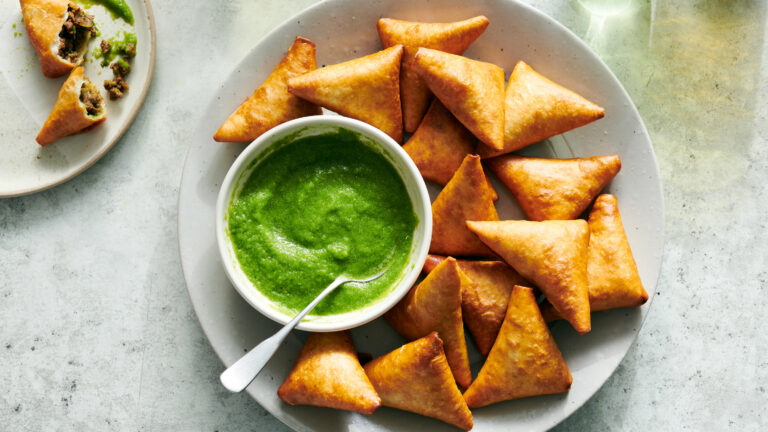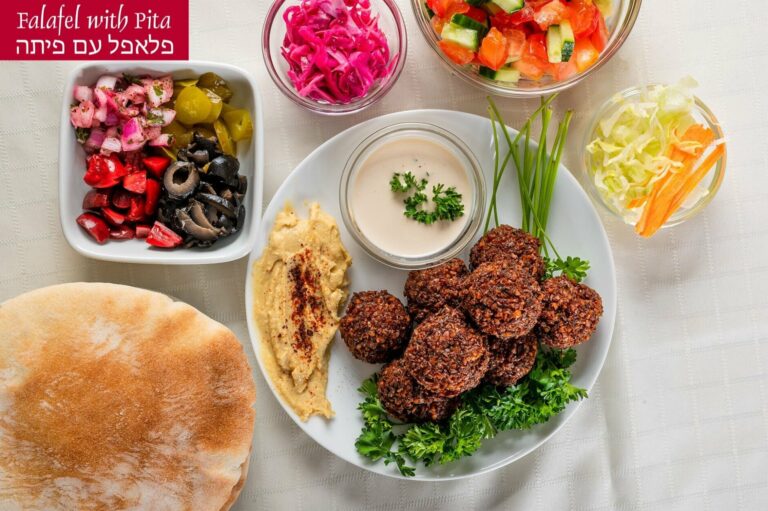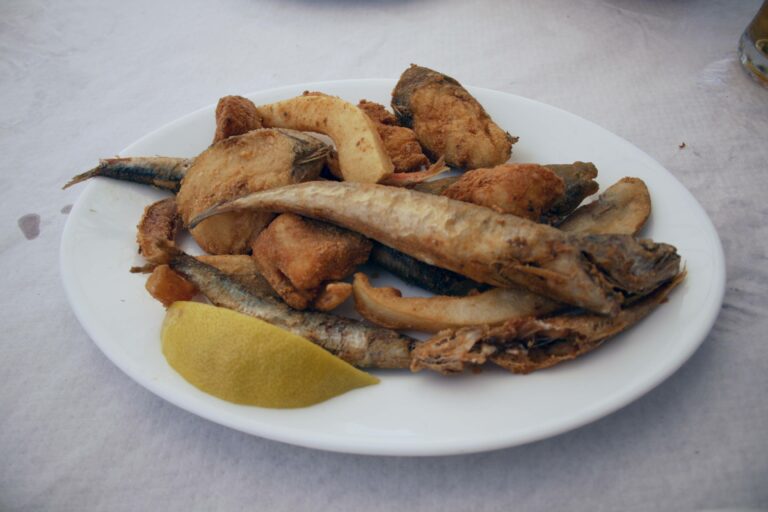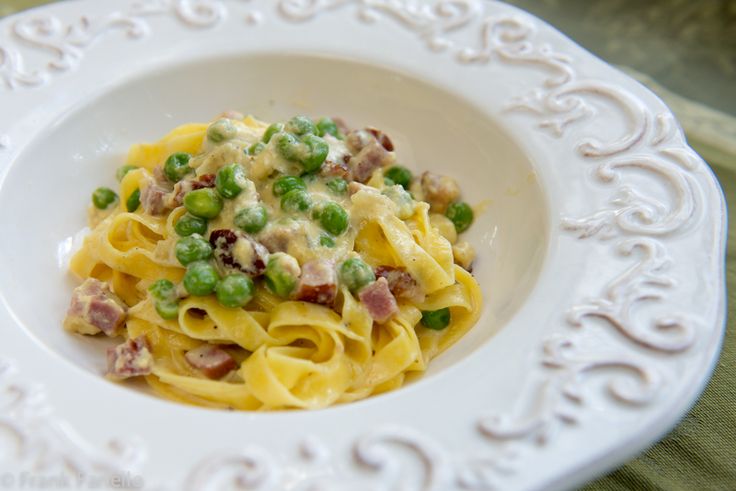Introduction: Dining in the Holy See
When one thinks of the Holy See, the first thing that comes to mind is not usually dining experiences. However, the Holy See is home to some of the most unique and unforgettable dining experiences in the world. From Michelin-starred restaurants to dining in the Pope’s gardens, there is no shortage of culinary adventures to be had in the Holy See.
The Vatican’s Unique Restaurants
The Vatican has several unique restaurants that offer visitors a taste of traditional Italian cuisine. One such restaurant is the Refectory of Santa Maria degli Angeli, which is located in a 16th-century monastery. The restaurant is run by the Franciscan friars, and the menu features simple yet delicious dishes such as pasta with beans and grilled vegetables.
Another unique dining experience in the Vatican is the Domus Sanctae Marthae, which is the residence of the cardinals during the conclave. The restaurant here offers a set menu that changes daily, and guests can enjoy their meal in a beautiful dining room with views of the Vatican Gardens.
La Soffitta Renovatio: A Michelin-starred Experience
For those looking for a more upscale dining experience, La Soffitta Renovatio is a must-visit. This Michelin-starred restaurant is located inside the Palazzo delle Esposizioni, and it offers guests a contemporary take on traditional Italian cuisine.
The menu at La Soffitta Renovatio changes regularly, but some of the standout dishes include the lamb chops with eggplant and the spaghetti with sea urchins. The restaurant also offers an extensive wine list that features some of the best Italian wines.
Casina Pio IV: Dining in the Pope’s Gardens
Casina Pio IV is a restaurant located in the heart of the Vatican Gardens. The restaurant is housed in a beautiful villa that was built in the 16th century, and it offers guests the chance to dine in a truly unique setting.
The menu at Casina Pio IV features traditional Italian dishes with a modern twist, and all of the ingredients are sourced locally. Some of the standout dishes include the homemade pasta with truffles and the tiramisu with fresh strawberries. Guests can also enjoy a stroll through the gardens before or after their meal.
Cappella Sistina Restaurant: A Meal with Michelangelo
For a truly unforgettable dining experience, the Cappella Sistina Restaurant is a must-visit. This restaurant is located inside the Vatican Museums, and it offers guests the chance to dine in the famous Sistine Chapel.
The menu at the Cappella Sistina Restaurant features traditional Italian cuisine, and all of the dishes are inspired by the works of Michelangelo. The restaurant also offers a selection of fine wines, and guests can enjoy their meal while admiring the stunning frescoes on the ceiling.
Conclusion: Unforgettable Dining in the Holy See
From traditional Italian cuisine to Michelin-starred restaurants, dining in the Holy See is a truly unique experience. Whether you’re looking to dine in the Pope’s gardens or the Sistine Chapel, there is no shortage of culinary adventures to be had in the Holy See. So next time you’re visiting the Vatican, be sure to add one of these unforgettable dining experiences to your itinerary.





